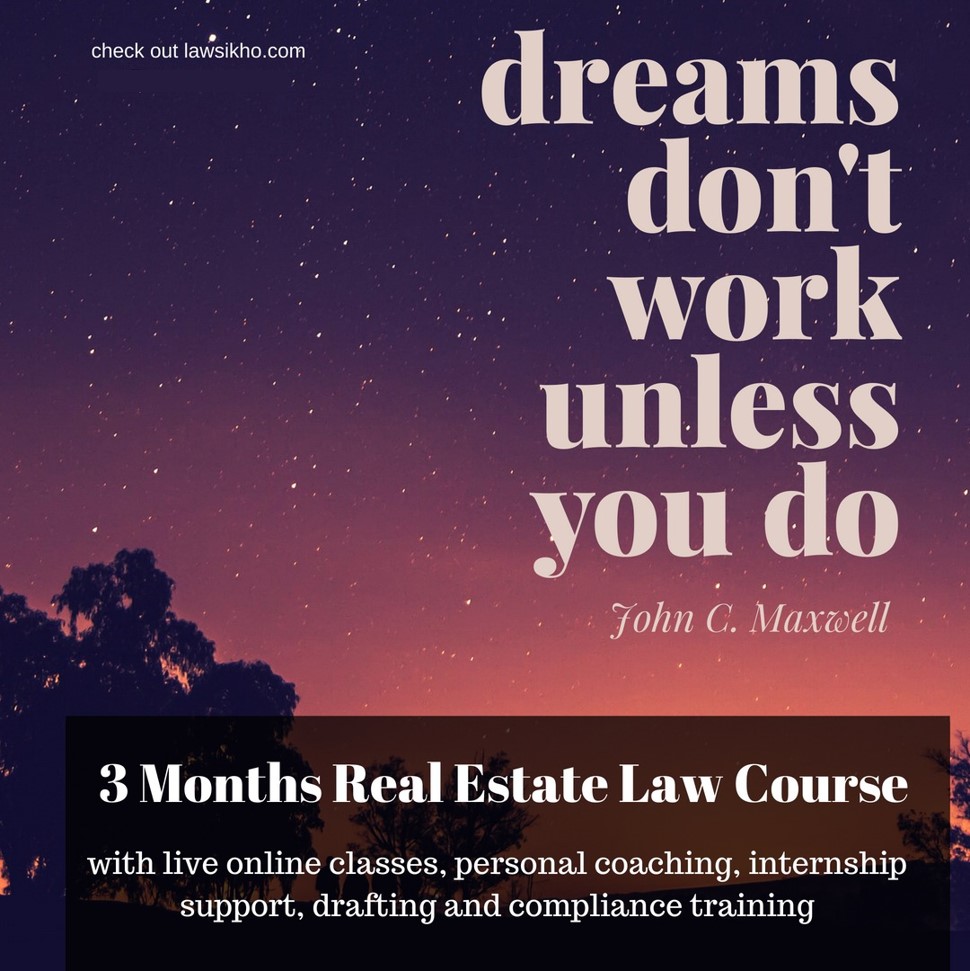This article has been written by Yash Singhal a student of Vivekananda Institute of Professional Studies, GGSIPU.
‘Executive Presence of Lawyers’ by Sahiba Singh Dhupar and Anubhav Garg on the LawSikho platform in the series of webinars provide insights into the need of executive presence for the lawyers and how to develop that presence. I would give an overview of the maintenance of professionalism with clients, potential clients and the opposing counsels. The webinar will be summarised in a Question/answer format.
Description of the Guest speaker
Ms Sahiba Singh Dhupar is a communication skills trainer, soft skills trainer, image consultant and etiquette & grooming coach who works to establish these skills in professionals. She has a demonstrable legal background with advocates and judges. She was expected to carry forward the legacy but entered this field to train professionals into becoming what she lacked during her early 20s. She learnt in-depth details of personality characteristics to equip herself to help others. She believes in the idea of catering services at low costs and reaching maximum population. She loves her job which is evident from the satisfaction she receives in the form of texts and messages from all her clients.
Description of the Moderator
Mr Anubhav Garg is a Management Trainee at LawSikho after securing a PPO at his internship with iPleaders (a subsidiary of LawSikho in blogs on legal content) for content writing and event manager. He is currently pursuing his BBA LLB from Guru Gobind Singh Indraprastha University, Delhi. He has work experience in the field of business laws and functioning of courts and Tribunals in this matter. He keeps his content writing skills above anything and has an illustrious internship experience in content writing with some of the best platforms.
Excerpts of the Webinar
Q. What is the concept of executive presence all about and why is it necessary to develop such soft skills?
(Sahiba) It deals with personality development as to how an individual should present himself in a professional world to come across as the influential person in front of his colleagues. (on an understanding of soft skills by the trainer and a layman) It is not much different as all the individuals need these skills in their repertoire and in such regard, the trainers perceive it in similar ways as a layman, with just a minor difference being that the trainers are the medium of transfer of these skills onto the other people. The elements of the skills will be the same but the proportionality of these elements will be different for all individuals in different professions.
Q. What are some basic constituents of executive presence?
(Sahiba) The end product of executive presence is to exhibit the most influential, confident and capable self of yourself to the world. The formation of an image, that is the visual representation, plays a major part. It is formed much before a person starts talking by others as a mode of perception which might change after a brief interaction. It is highly non-verbal in nature. First impression is the result of the image that is formed, which in itself is the reflection of the personality of an individual. Executive presence can be built by working on ABC approach {appearance (clothing, grooming and etiquette), behaviour(non-verbal, body language, social, digital and business etiquette) and communication(tone, pitch, active listening, pause, word stress. Vocabulary, assertiveness)}.
Q. What are some other things apart from the ABC approach that is essential to the executive presence?
(Sahiba) The ability to build rapport with everyone around you (connect), be efficient and charismatic in your image through expression or impression, the outcome of executive presence is confident demeanour which needs to be maintained throughout the communication, the values in action which includes a reflection of belief system in the personality, look the part you are for others to perceive you as yourself and not someone different, the inherent charm as to poise and polishing personality to achieve power, authenticity and integrity needs to be achieved by appreciation and endorsing these principles. Always identify yourself and go beyond the norms to be your original self.

Q. How to follow the third layering rule in the summers when it is too hot outside? (the question is asked from a lawyer’s perspective)
(Sahiba) It is difficult to follow the third layering rule in summers but one can hope that where they are going is properly air-conditioned. While you are driving or travelling in a car, hang your blazer on the seat or a hanging tool and put on that blazer once you reach the destination. In cases, you are visiting a courtroom which is non air-conditioned then wear breathable clothing that can allow circulation of air through the cloth. The linen blazers are preferred which may not be as inconvenient as probably standard fabric clothing. Every profession carries with itself some privileges and boundations which are customary practices, hence, the professionals follow the norms while considering the areas of executive presence.
Q. What extent of desperation while networking is suitable as to not reach the level of absurdity?
(Sahiba) The purpose behind sending a networking message must be realised to include all the details associated with that purpose. This approach should be viewed from the perspective of the other person as to what amount of time and commitment one seeks from those persons. It is necessary to use specific words that should not be vague or uncertain as the nature of tone is absent in digital communication. One needs to learn the writing etiquette to ensure the politeness and respect reaches the other person. The other person reads the message in the manner or tone they deem appropriate and that can lead to misunderstandings sometimes. You can request a follow up after 3-4 days but it should be restricted to one time only as to reduce the chances of clinginess.
Q. Does the personality traits help in the merits of the case or just limited to attracting clients or portrayal of power?
(Sahiba) The conscience of an individual dictates to him of what is useful or what is not, therefore, people approach each strategy under the head of usefulness. Subconsciously we are affected by each of these domains and should learn the basics to improve our personality. Your personality should be a representation of yourself and not what others expect from you to become an inspiration for them. The personality development knowledge should spread from one person to person by observation as well. The aim of executive presence is not to make someone uncomfortable but motivate others to approach you to get their work done.
Q. How to bridge the gap between professional identity and personal identity?
(Sahiba) There should be a link between professional identity and personal identity to be authentic in your outlook. You project only the best of yourself. You need to know the personal identity for you to form a customised professional identity for them which is in sync with their personal identity. The tone and vocabulary of the speaker makes the difference. The professional conversation demands courteousness which is considerate while being professional.
Q. How can the image of a lawyer’s office be improved in order to increase the number of clients?
(Sahiba) A law office should have a book reference section, the tables should be clean, the chairs and the sofas should be comfortable, some indoor plants should be placed, muted colors of walls and the curtains, use branded pens, a nice diary to take notes, should not place mobile phones within sight when communicating with clients so as to not get distracted with any notification popping while the interaction with the client is going on- it should seem as you are very attentively hearing the client out.
Q. How to be a changemaker while not seeming like someone who is giving instructions? This is in connection to giving respect to senior advocates in a court while going against the casualness of friends.
(Sahiba) You should start off implementing it yourself for others to see and follow as most of us are fond of herd mentality in India. Somewhere around half of them would follow the similar behaviour. Try to make use of certain opportunities where you can scoop in suggestions in a way that it does not seem as an order. The colleagues or friends do at times comment on the advice as lecturing them but persistence towards a thing pays in the longer run. Nobody would accept the thing in the first go and it would take up some time but eventually works.
LawSikho has created a telegram group for exchanging legal knowledge, referrals and various opportunities. You can click on this link and join:
 Serato DJ Crack 2025Serato DJ PRO Crack
Serato DJ Crack 2025Serato DJ PRO Crack










 Allow notifications
Allow notifications



